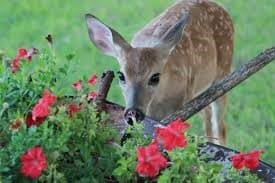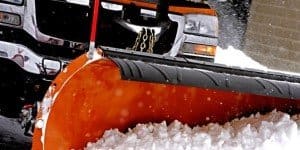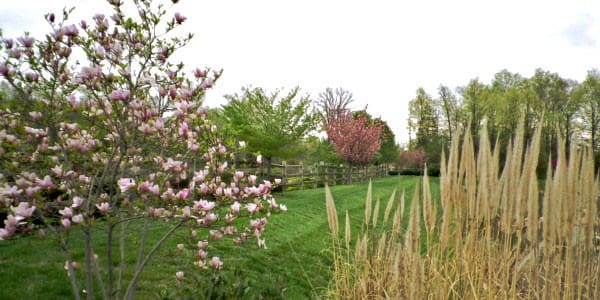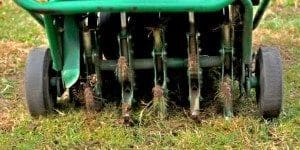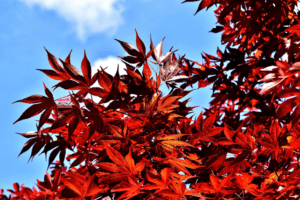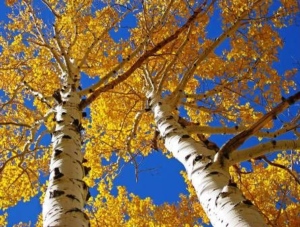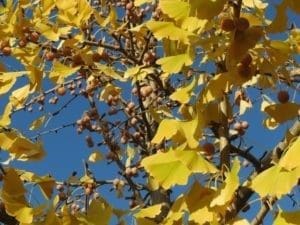
A beautiful walkway and a “come stay a while” patio are a wonderful addition to your Herndon home. They also increase your property value. Your walkway is the first impression people will have as they approach your home; it should harmonize with the surrounding landscape and serve as a snapshot of your home’s personality. A patio, on the other hand, is an extension of your living space where you can create an oasis within your property. Paying attention to the design of both of these elements can pay great long-term dividends.
Walkways
A beautiful, well-maintained front walk increases curb appeal immediately, adds value to your home, and makes coming home each day a more pleasant experience. Who couldn’t use THAT at the end of a long work day? Aside from being unsightly, cracked and damaged walkways present an inherent danger to you, your family, and anyone who approaches your front door. Beauty and safety need to be taken into account when deciding whether to repair or replace your Herndon walkway. This is where consulting an expert is critical. A proper evaluation must be done to weigh the cost of repair versus the need to replace completely based on cracking, chipping, and potential soil erosion.
Replacing Your Walkway
If you decide replacing your walkway is the best option, it’s important to consider the types of materials available. Crushed stone and gravel are inexpensive and easy to install, though the gravel will scatter and need replenishing from time to time. Be sure to add solid edging to contain the stones. This option, though inexpensive, may require more upkeep than your lifestyle will allow. Also, gravel paths are very difficult to keep clear when it snows, which we get our fair share of in Herndon and Northern Virginia.
Brick, flagstone, and pavers are the longest-lasting option and visually the most striking. A brick walkway can last over 100 years. However, because of their longevity and the level of craftsmanship required to lay and prep the site, they can be the most expensive. However, repair is fairly easy and economical since you can replace individual stones as needed.
You can also kick your walkway up a notch by adding landscape lighting. Lighting can make a huge impact on curb appeal in addition to providing safety and security. If you’re not able to use lights that require wiring, you can opt for solar fixtures instead.
Patios
A patio is an extension of your Herndon living space so location is an important consideration. How much sun will your patio receive? How’s your view? Are there large trees nearby that could suffer root damage or damage the patio? Is there privacy? Does sound carry? If you’re planning to use your patio for outdoor entertaining and dining, you will want to have it close to the house, as it will increase the likelihood that you will use it.
The key is to design a patio that allows for easy flow between the indoors and outdoors. There are endless design options to explore. You can make the space feel like a room by adding a pergola, use an existing wall of your home as a partial enclosure, wiring it for electricity and gas, etc. In the planning stage, assisted by your landscape expert, you can play with options, deciding first and foremost, what size and scale will fit your needs and your budget.
All of these options can be explored with the help of a landscape professional at Sunrise Landscape and Design; we can help you plan what you see in your mind’s eye, with our eye towards what is the best suited for your existing landscape and fits within your budget. With Sunrise Landscape and Design, we can make your vision a reality!
Contact us to get started on planning your perfect Herndon patio or walkway. See more information on our Northern Virginia patios, walkways, and other hardscape options on our Hardscapes and Structures page.


